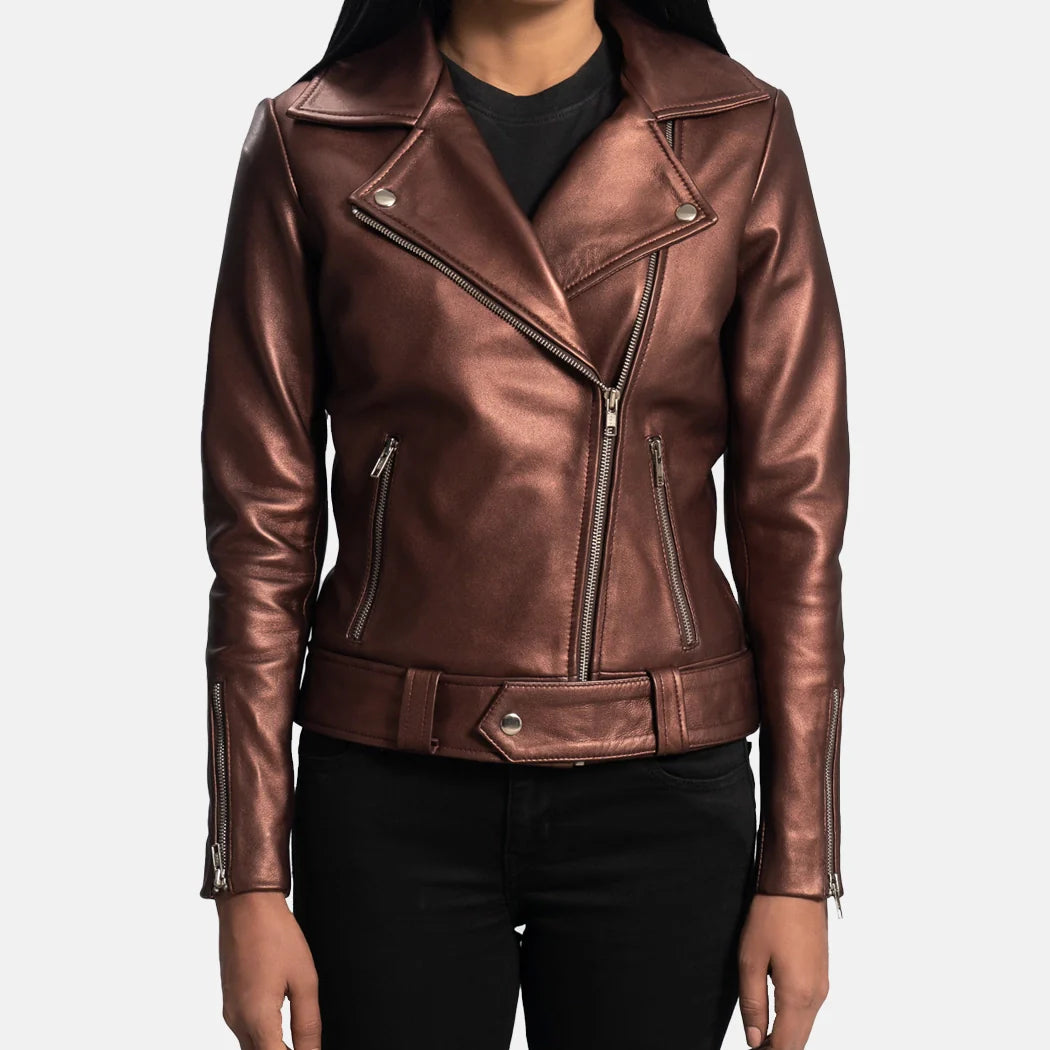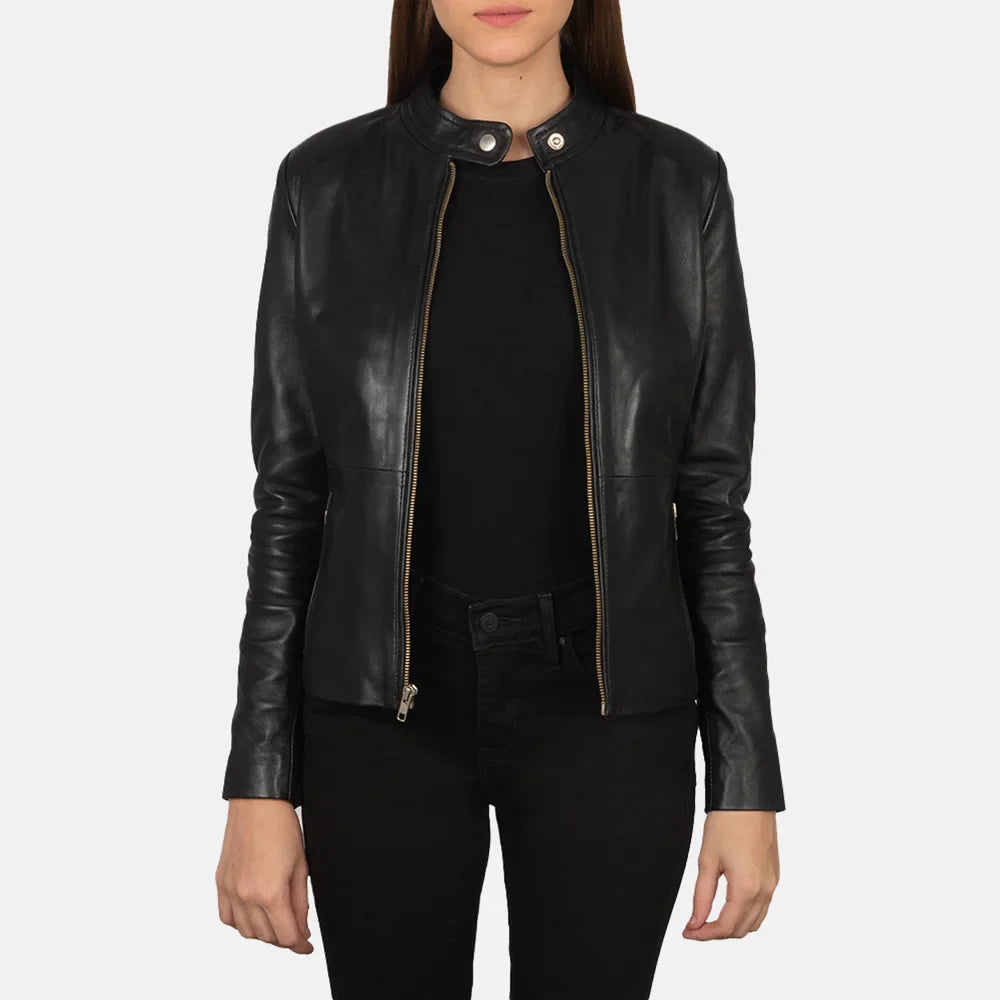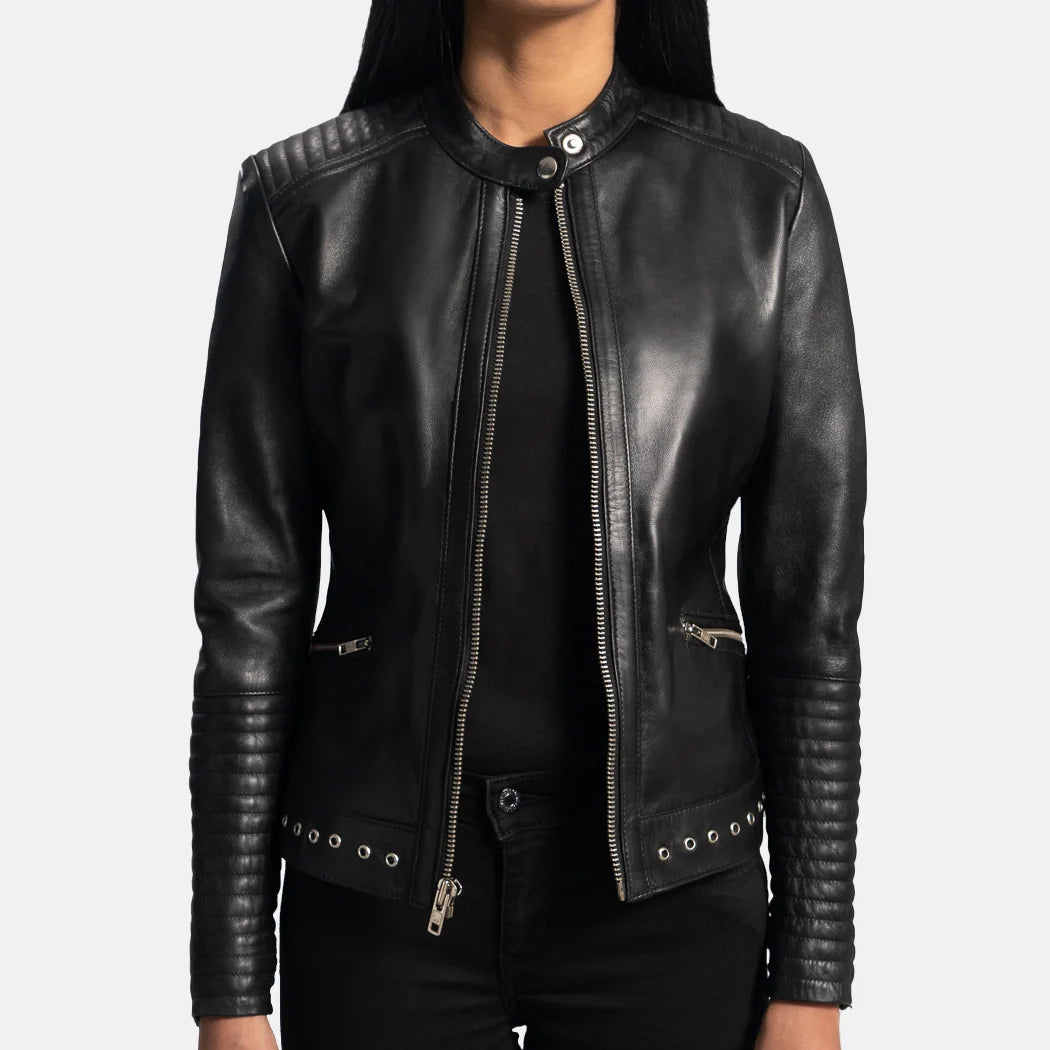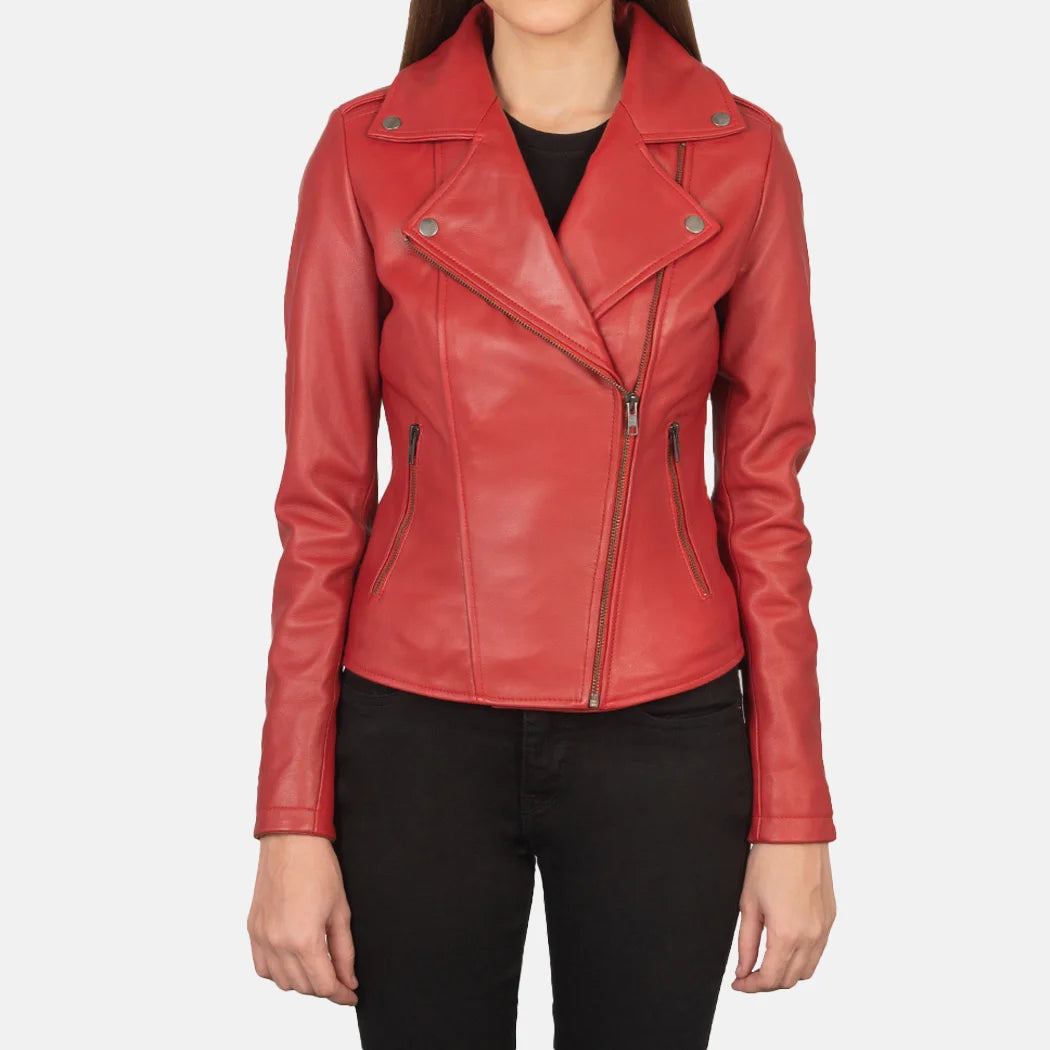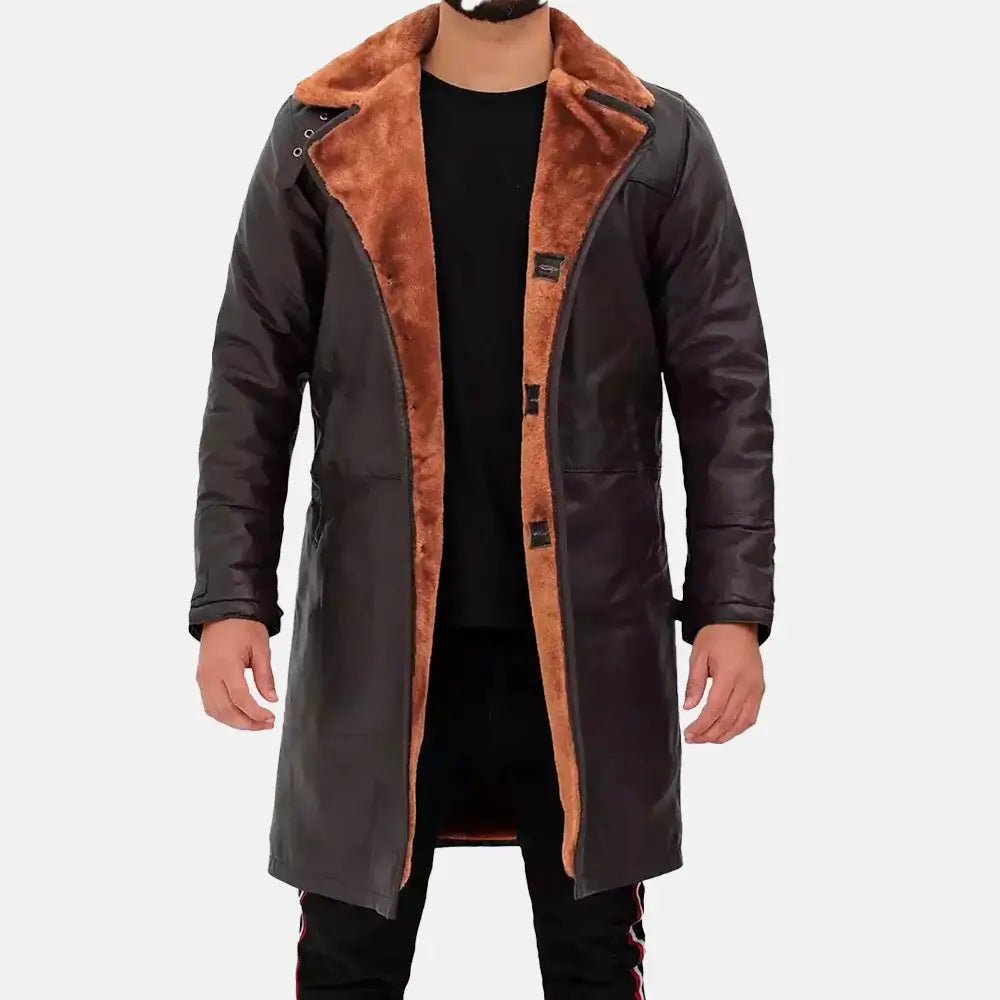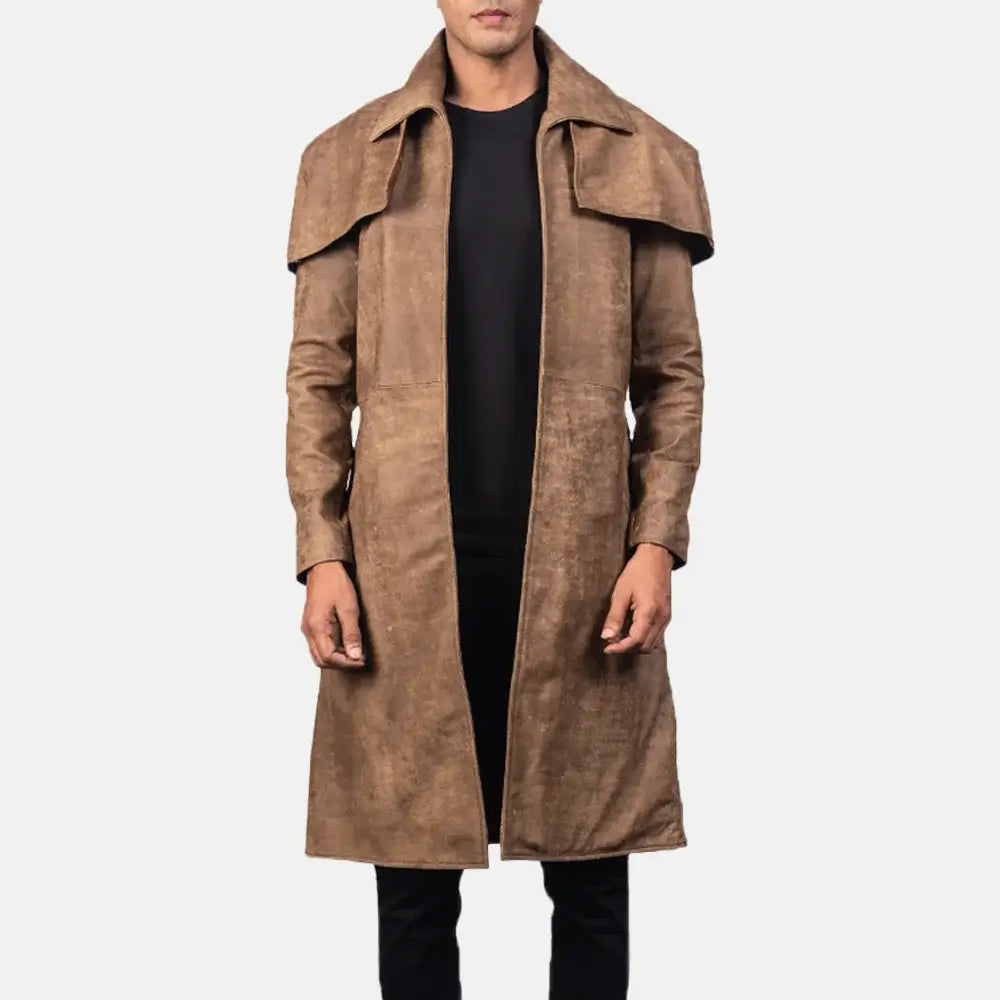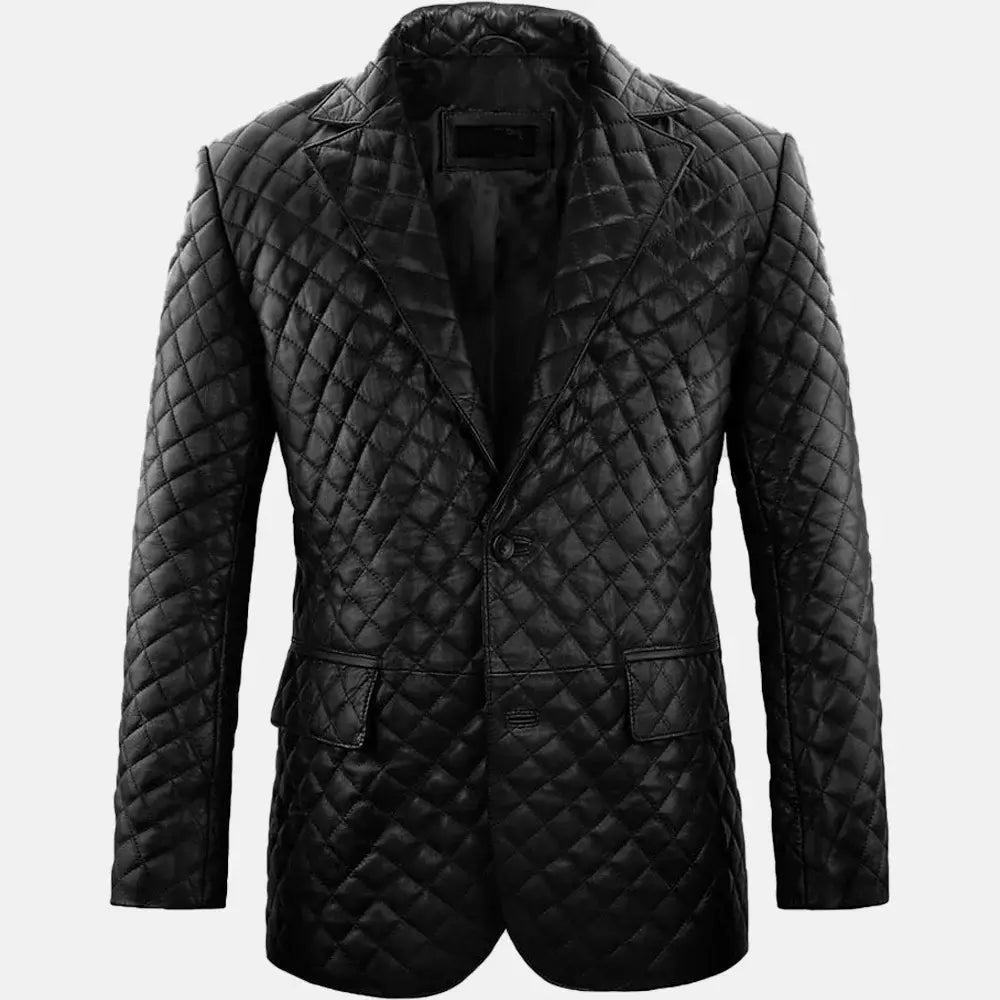How Long Can Leather Jackets Last? (Durability Guide)
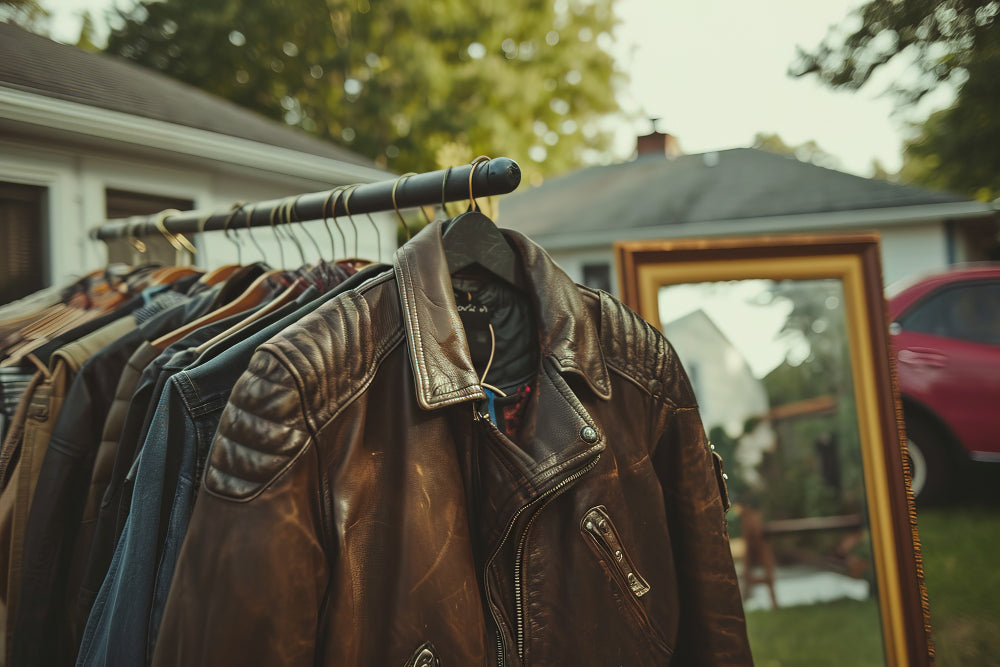
A leather jacket's longevity largely depends on critical factors, such as the stitching, material quality, and the owner's care regimen. While a high-quality jacket can endure decades with proper maintenance, low-quality options may start to wear out much sooner.
The impact of body shape and body type also plays a role in ensuring the jacket stays in excellent shape. With appropriate care to protect against harsh elements, the jacket’s flexible yet durable nature remains a stylish choice for both men and women over the years. Its enduring value lies in its ability to adapt to changing trends, making it a favorite for fashion-conscious folks who appreciate both its endurance and lasting appeal.
Factors That Affect the Lifespan of Leather Jackets
Leather jackets are celebrated for their durability, but their lifespan can vary significantly depending on several factors. Whether your jacket lasts a few years or becomes a treasured heirloom depends on the following elements:

1. Type and Quality of Leather
The type and quality of leather used in the jacket is one of the most critical factors affecting its lifespan. Leather is made from animal hides, and the method of processing the hide determines its durability and texture.
Full-Grain Leather:
Full-grain leather is made from the topmost layer of the hide, retaining its natural grain. It is the strongest and most durable type of leather, capable of lasting decades, even with regular use. Over time, full-grain leather develops a unique patina, enhancing its character and value.
Top-Grain Leather:
Slightly sanded and polished to remove imperfections, top-grain leather is smoother and softer than full-grain leather. While still durable, it is less robust than full-grain leather and may not age as gracefully.
Genuine Leather:
A lower grade of leather, is often made from leftover layers of the hide after the top is removed. Genuine leather is less durable and may show signs of wear and tear more quickly.
Bonded Leather:
Composed of leather scraps bonded together with adhesives, this is the least durable option. Jackets made from bonded leather may only last a few years with moderate use.
2. Quality of Craftsmanship
The construction and craftsmanship of a leather jacket play a major role in its longevity. Even the highest-quality leather can wear out prematurely if poorly constructed.
Stitching:
Strong and precise stitching ensures that the jacket can withstand regular wear without seams coming apart. Double-stitched or reinforced seams are particularly important for heavy-use jackets.
Lining Quality:
A durable inner lining protects the leather from sweat and friction, extending its lifespan. Jackets with high-quality linings last longer and remain comfortable.
Hardware:
The durability of zippers, buttons, and other hardware can influence the jacket's longevity. High-quality metal zippers and sturdy snaps are less likely to break compared to plastic alternatives.
Seasonal Use:
Jackets that are worn seasonally and stored properly during the off-season are likely to last much longer.
3. Environmental Factors
The environment in which you wear and store your leather jacket can significantly affect its longevity. Exposure to certain elements can degrade leather over time.
Sunlight:
Prolonged exposure to direct sunlight can fade the color and dry out the leather, causing cracks. UV rays can weaken the leather's fibers, reducing its lifespan.
Moisture:
Water and humidity can damage leather, leading to mold, discoloration, and a weakening of the material. While some leather jackets are treated to be water-resistant, they are not fully waterproof.
Temperature Fluctuations:
Extreme heat or cold can cause the leather to expand and contract, leading to cracks and stiffness.
4. Maintenance and Care
Proper maintenance is essential for preserving the life of a leather jacket. Neglect can cause even high-quality leather to deteriorate prematurely.
Cleaning:
Regularly wiping the jacket with a soft cloth prevents dirt and grime from accumulating. Deep cleaning should be done using leather-friendly products to avoid damaging the material.
Conditioning:
Leather conditioner helps keep the material supple and prevents it from drying out and cracking. Conditioning should be done every 3-6 months or as needed, depending on usage and climate.
Storage:
Proper storage is crucial. Jackets should be hung on padded or wide wooden hangers to maintain their shape. Store them in a cool, dry place, away from direct sunlight and excessive humidity.
How Long Do Different Types of Leather Jackets Last?
The lifespan of a leather jacket largely depends on the type of leather used in its construction. Full-grain leather jackets, made from the highest-quality and most durable part of the hide, can last for several decades, even with regular use. While it may not last as long as full-grain leather, it still offers years of reliable wear with proper care.
Jackets made from this material typically last 5–10 years, depending on usage and maintenance. Bonded leather, the least durable of all, is made from scraps of leather bonded together with adhesives.
These jackets are less expensive but may only last a few years before showing significant signs of wear and tear. Faux leather jackets, although not genuine leather, can last 3–5 years on average. While they lack the durability and aging qualities of real leather, they are a popular choice for their affordability and style.

See our latest collection of Hooded leather jackets for women
Signs Your Leather Jacket Needs Repair or Replacement
While a leather jacket can last for decades, there may come a time when it needs repairs or even replacement. Look out for these signs:
-
Cracks or Tears: Small cracks can be repaired, but extensive damage may indicate it’s time for a replacement.
-
Fading Color: While fading can add character to some jackets, excessive discoloration may require professional restoration.
-
Loose Stitching: If the stitching comes undone, consider getting it repaired to prevent further damage.
How to Choose a Long-Lasting Leather Jacket
If you’re buying a leather jacket and want it to last, here are some tips:
-
Choose High-Quality Leather: Invest in full-grain or top-grain leather for the best durability.
-
Examine the Craftsmanship: Look for strong stitching, quality zippers, and durable lining.
-
Check the Fit: A well-fitting jacket is less likely to stretch or tear.
-
Opt for Timeless Designs: Classic styles are more likely to remain in fashion, ensuring you’ll want to keep wearing your jacket for years.
Conclusion
A well-made leather jacket can be more than just a piece of clothing—it can be a long-term investment. High-quality jackets made from full-grain or top-grain leather can last for decades with proper care, while even more affordable options can provide years of use.
By choosing the right leather jacket, maintaining it regularly, and storing it properly, you can ensure your jacket remains a stylish and functional wardrobe staple for years to come.
FAQs
1. How often should I condition my leather jacket?
You should condition your leather jacket every 3-6 months, depending on how often you wear it and the climate you live in.
2. Can I wear a leather jacket in the rain?
Leather is not waterproof, so prolonged exposure to rain can damage it. If your jacket gets wet, let it air dry naturally and apply a conditioner to restore its softness.
3. Is it worth repairing an old leather jacket?
Yes, repairing a high-quality leather jacket is often worth it, as it can last for many more years after restoration.
4. How do I know if my leather jacket is real or fake?
Real leather has a distinct texture and smell, while fake leather often feels plasticky. Check the label or consult a professional if you're unsure.
-
Posted in
bomber jacket, leather coat, leather jacket, leather jacket men, leather jacket women, leather vest men, plus size leather jackets
